How to take safari-like natural wildlife photos at the zoo
Don’t have the budget to go on safari? Try the zoo instead. Professional photographer Matty Graham shares expert photo tips.
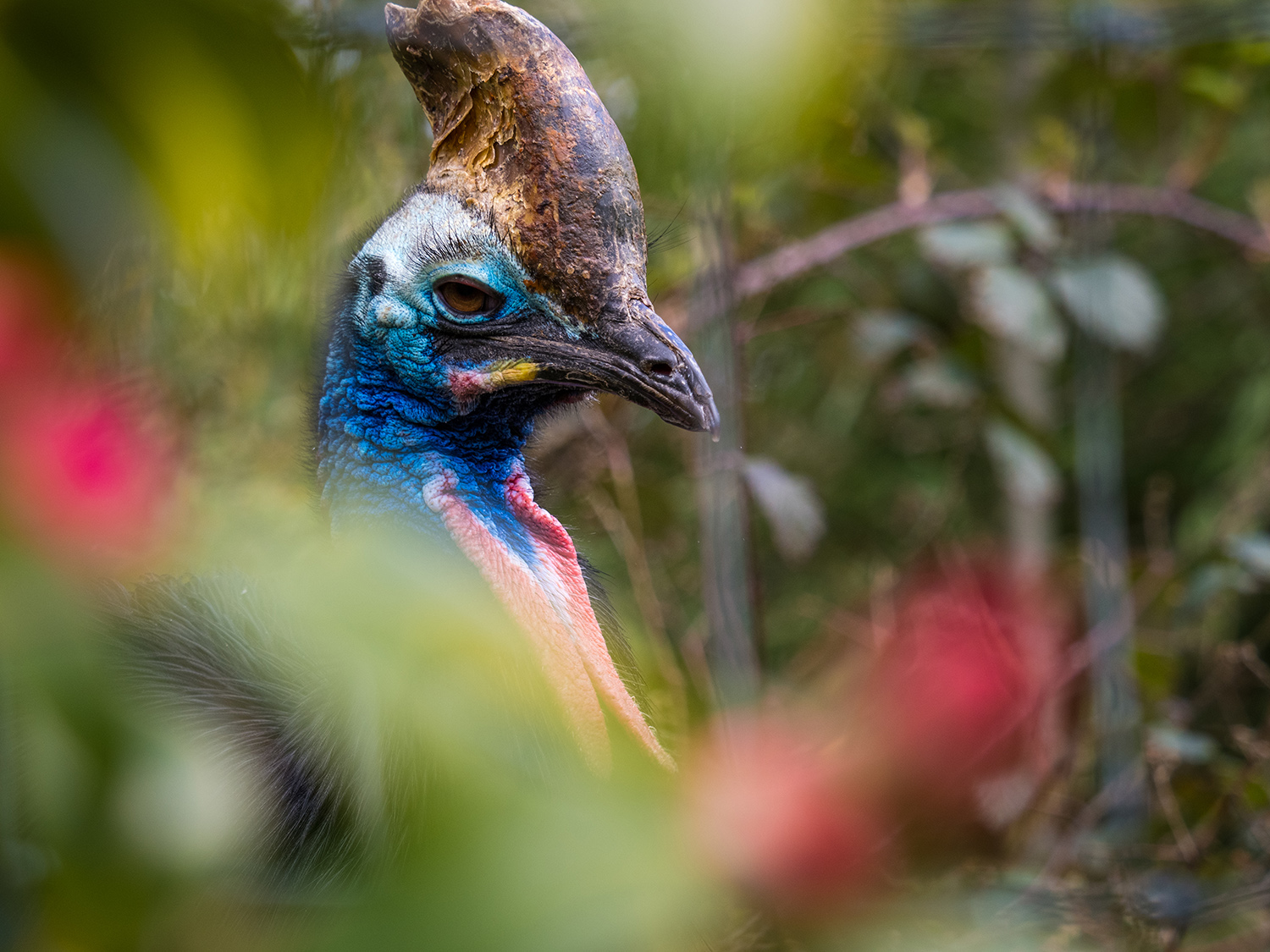
If you’re a fan of wildlife photography you can’t help but scroll through Instagram and be inspired by images of exotic beasts from far-flung destinations, whether it’s the lions, tigers and elephants of the African savannahs, or the apes and colorful bird life of the Amazon rainforest.
Of course, to visit these places on a photo safari you’ll need very deep pockets and a couple of free weeks, to say nothing of the time and effort spent researching and planning your trip, but there is another way to expand your wildlife portfolio, and support conservation efforts, without needing to dig out your passport or break the bank.
Wherever you live, chances are you won’t be too far from a zoo or wildlife park that not only offers photographers the opportunity to capture fantastic animal images, but which is doing its bit to support conservation projects around the globe.
DSLR or mirrorless camera
Lens with long focal length
Of course, simply taking your camera along and hoping for the best isn’t going to deliver the best results, so how can you maximize your chances of capturing great wildlife images? Well, it’s a mixture of three elements: equipment, technique, and a bit of field craft, and in this feature I’ll share some tips and advice to help you take great wildlife photos on a budget, and without straying too far from home.
Pack long and light
Possibly the biggest factor in successful wildlife photography is focal length, and this is true whether you’re at a zoo or in a safari truck in the Serengeti. Quite simply, the closer you can get the better, as even in a zoo most viewpoints will be a fair distance away from the subjects.
My camera of choice is the OM System OM-1, not only because it’s a light, portable and discreet camera, but also because its Micro Four Thirds sensor delivers a 2x crop factor that doubles the effective focal length. For example, if I use my 40-150mm lens I effectively get a 80-300mm optic. Add a 1.4x extender and the maximum focal length jumps to 420mm, with the camera and lens combo still remaining lightweight. To get the same focal length with a full-frame camera, you’d need a heavy telephoto optic that’s not only a pain to carry around, but would be a big financial investment. In comparison, the OM System 40-150mm f/4 PRO tips the scales at just 382g.
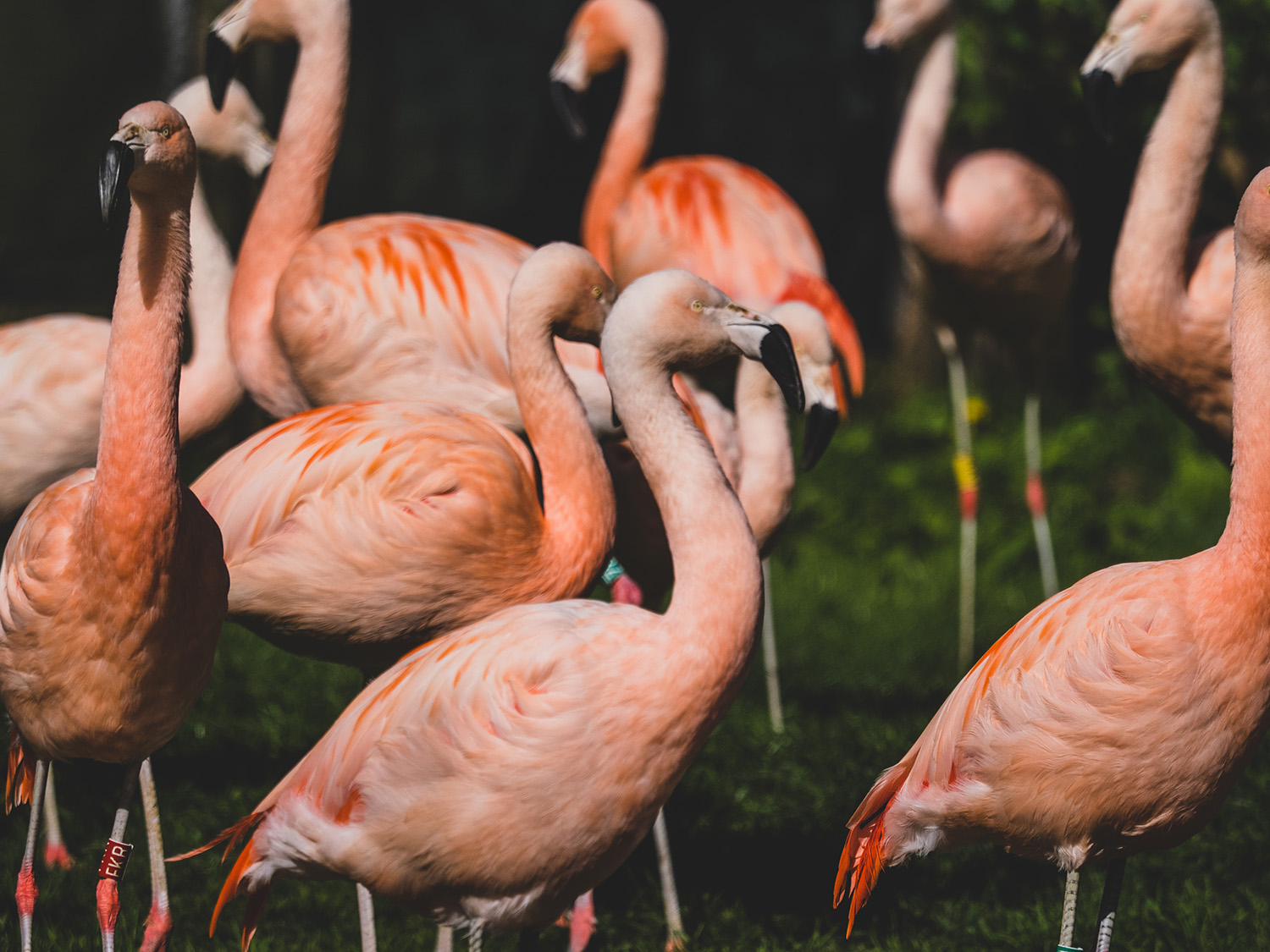
Embrace reflections
One of the most common pitfalls photographers fall foul of when visiting a zoo is to underestimate the problem of reflections from viewing windows. At best, there can be visible reflections on the glass, and at worst they can completely obscure the subject. The solution is to make these reflections work for you, not against you. In this image of a Scottish Wildcat, I set up a composition that uses the reflections to my benefit to not only disguise the background, but to give the image a fine-art feel. Obviously, this approach works better in flatter light, as if it's too sunny, this can cause overexposure.
Sign up for breaking news, reviews, opinion, top tech deals, and more.
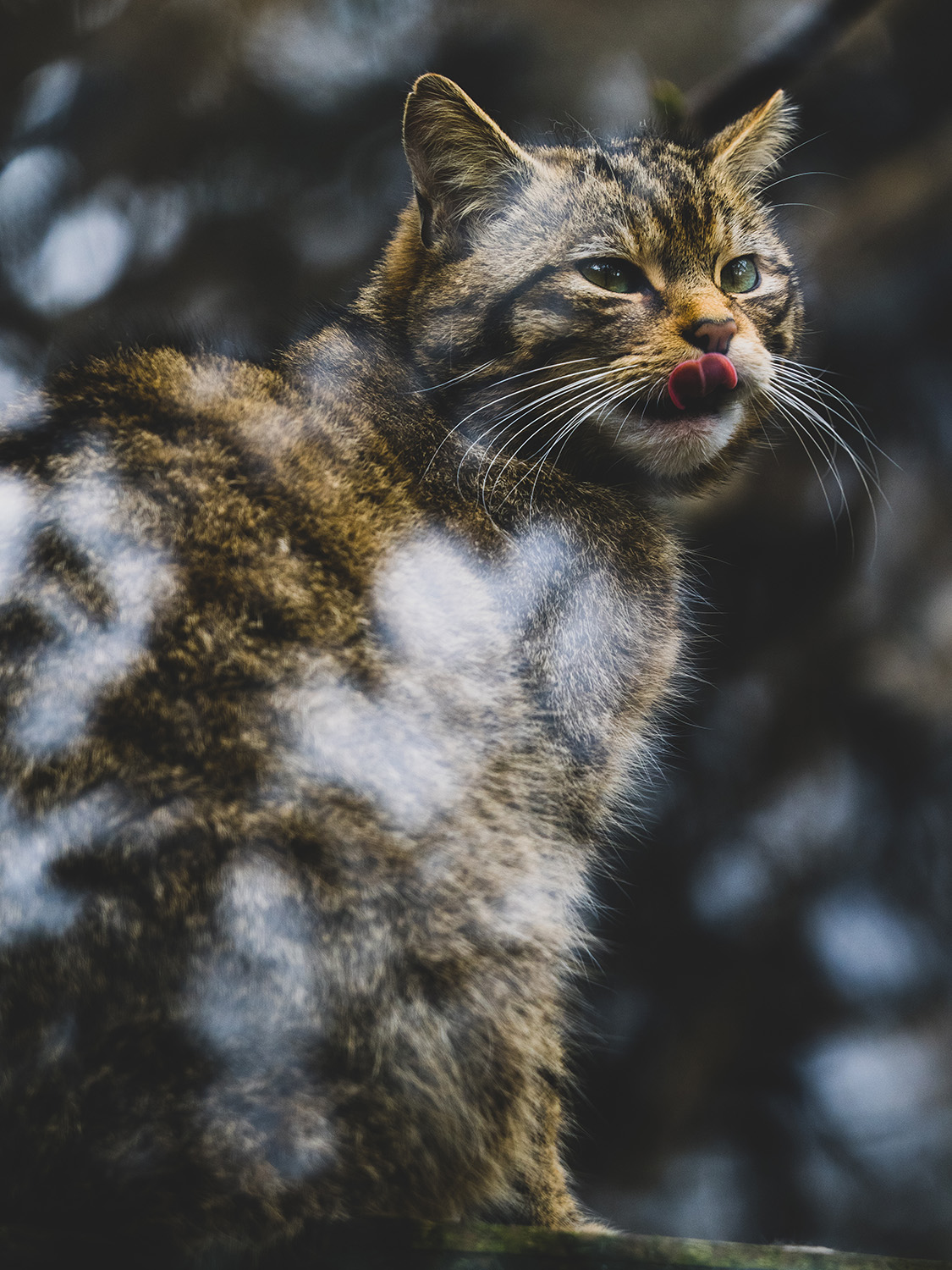
Zoom in on details
Look at the work of professional wildlife photographers and you’ll see that many banish the wide angle lens in favor of a longer focal length, and tell the story of their subject by focusing on details. For example, the zebra can be easily identified by a close up of its beautiful markings, and there's no mistaking the striking stripes of a Sumatran Tiger in the image below, which I zoomed in on to fill the frame with. By focusing on details and therefore eliminating backgrounds, you give the viewer the impression that you could be in the animal’s natural environment, instead of in a zoo.
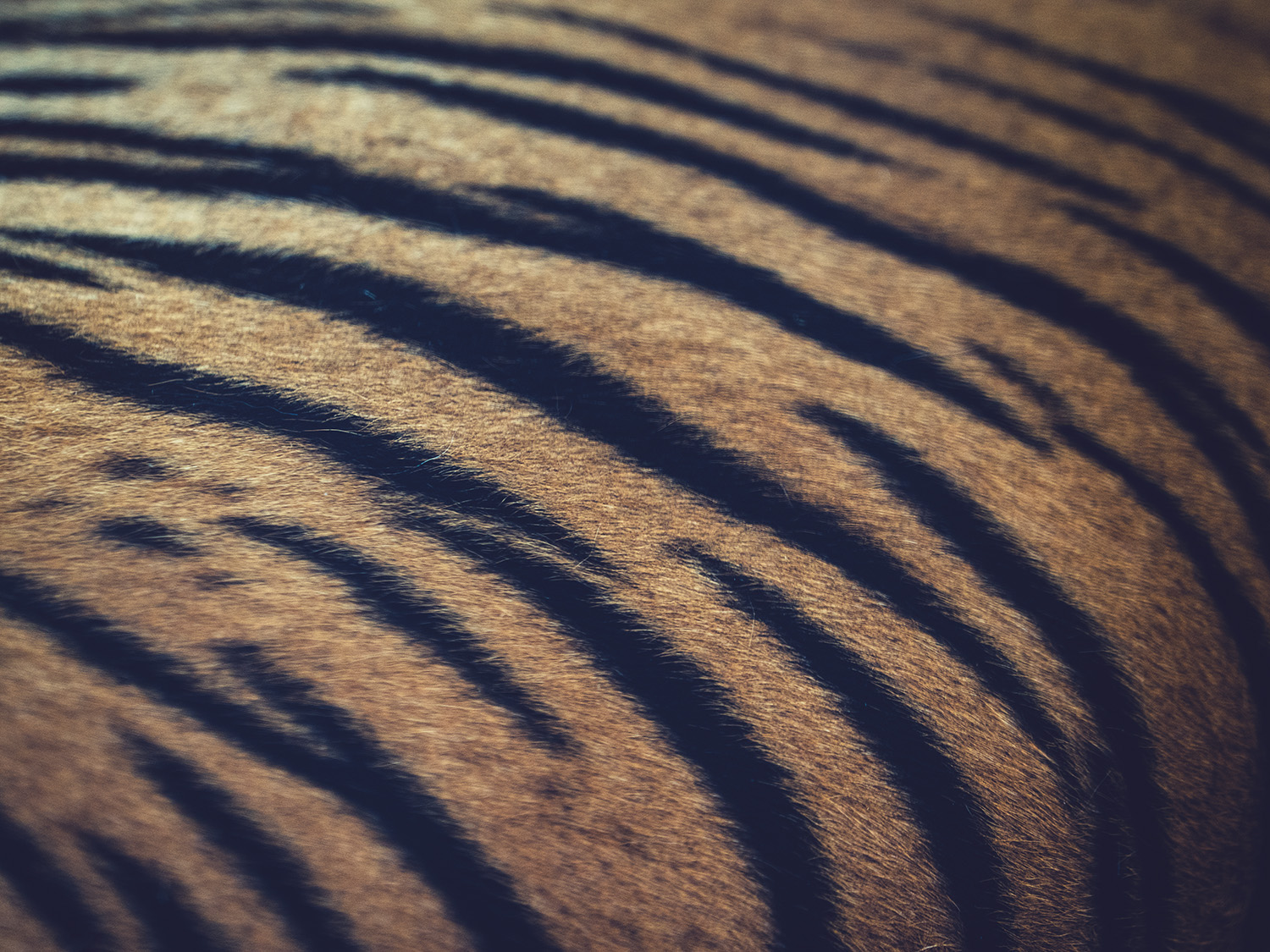
Consider your background
Zoos do a great job of creating natural-looking environments for their residents, but this doesn’t always make for great photographs. Due to a limited choice of viewing positions, you may struggle to get a clean background, but you can massively level up the standard of your photos by exploring alternative compositions. The two Meerkat images (below) show the difference between a lazy attempt at framing (the fence lines give away the fact that the image was taken in a zoo rather than in the wild), versus what can be achieved by moving around to find a better composition and a more considered background – the grass provides a far more natural backdrop and adds a pro touch to the frame.
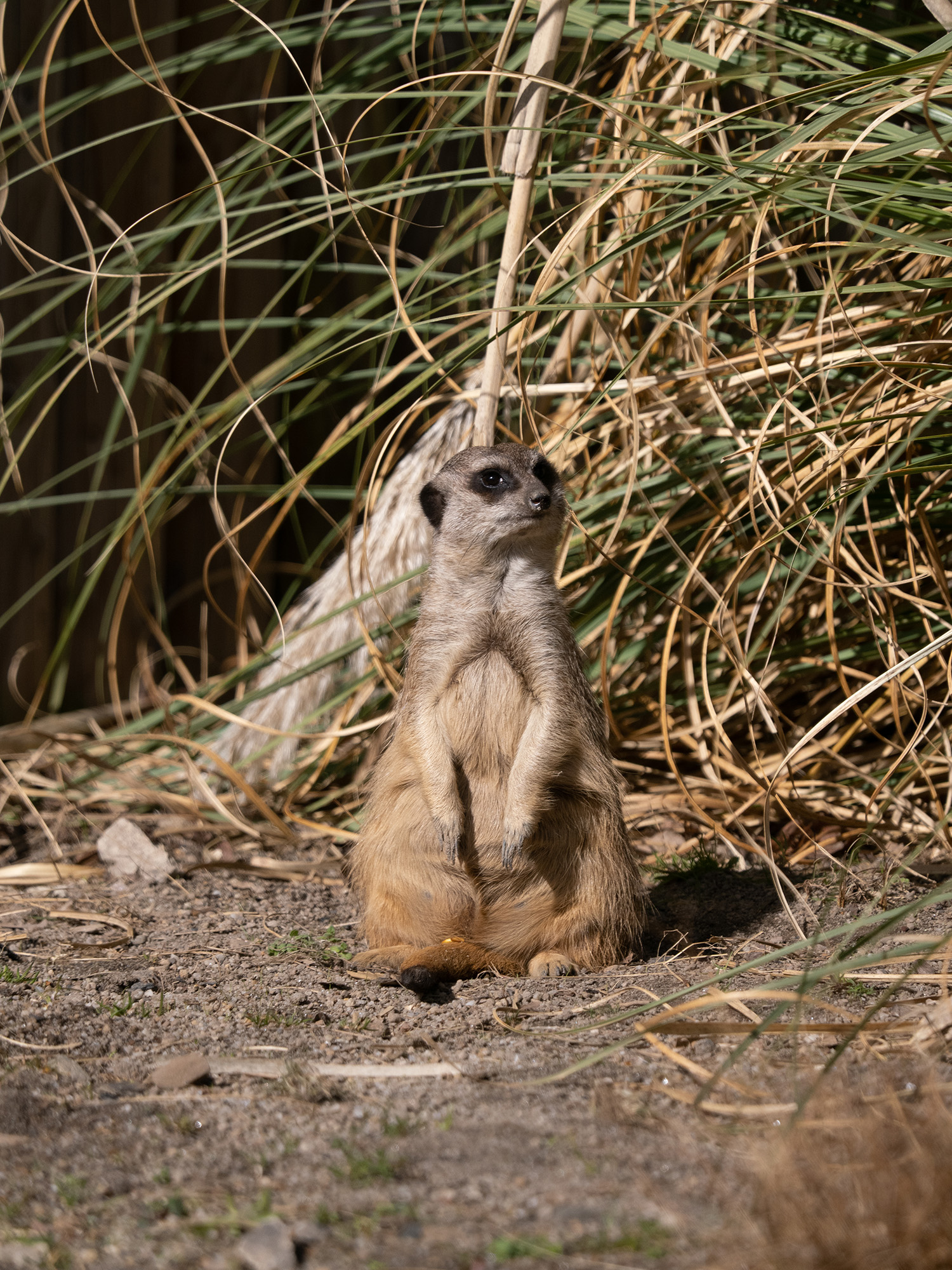
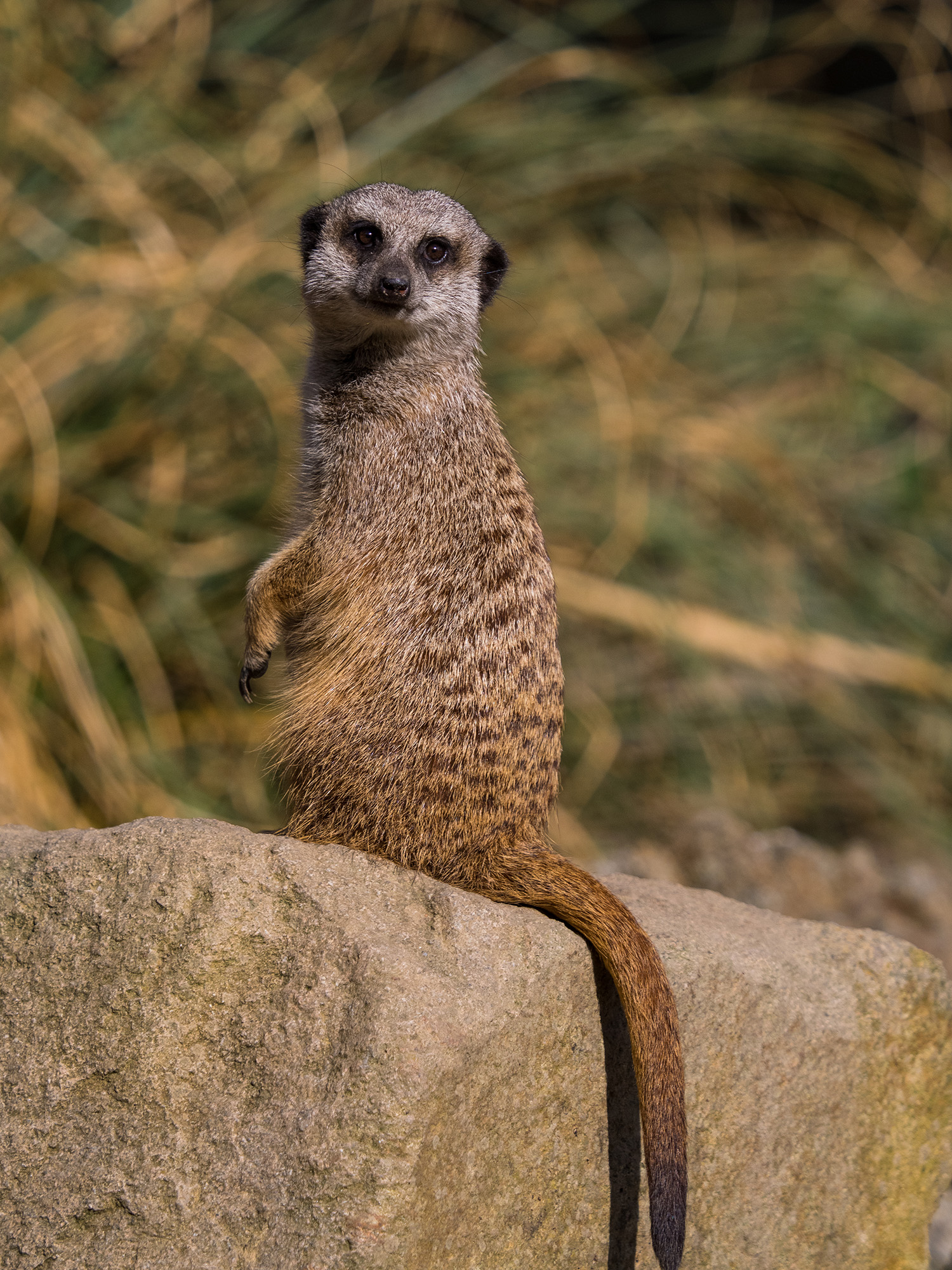
Add depth
Adding depth to the frame is one of the best ways in which you can transform a good photo into a great photo, and it’s easier to do than you may imagine. Shoot in Aperture Priority mode (A or Av on the camera mode dial), and select the largest aperture (which is the l f-number your lens will allow (f/4, or even f/2.8 if you have a fast telephoto lens). Next, make sure the point of focus is on the subject’s eye, and then try to include some interest in the foreground of the frame - this could be a colorful bush or some other foliage. The shallow depth of field will throw both this foreground interest and the background out of focus while keeping your subject sharp.

Try black and white
When you’re shooting at a zoo, sometimes the odds will be well and truly stacked against you – maybe it’s too crowded for you to easily move around and look for an alternative composition, or maybe the background is unattractive. In these scenarios, a good option is often to shoot in mono. You can choose to do this using your camera’s black and white picture style / art filter mode, but the best option is to shoot in color, and in your camera’s raw file format, and convert to mono when you get back to the computer using software such as Adobe Lightroom.
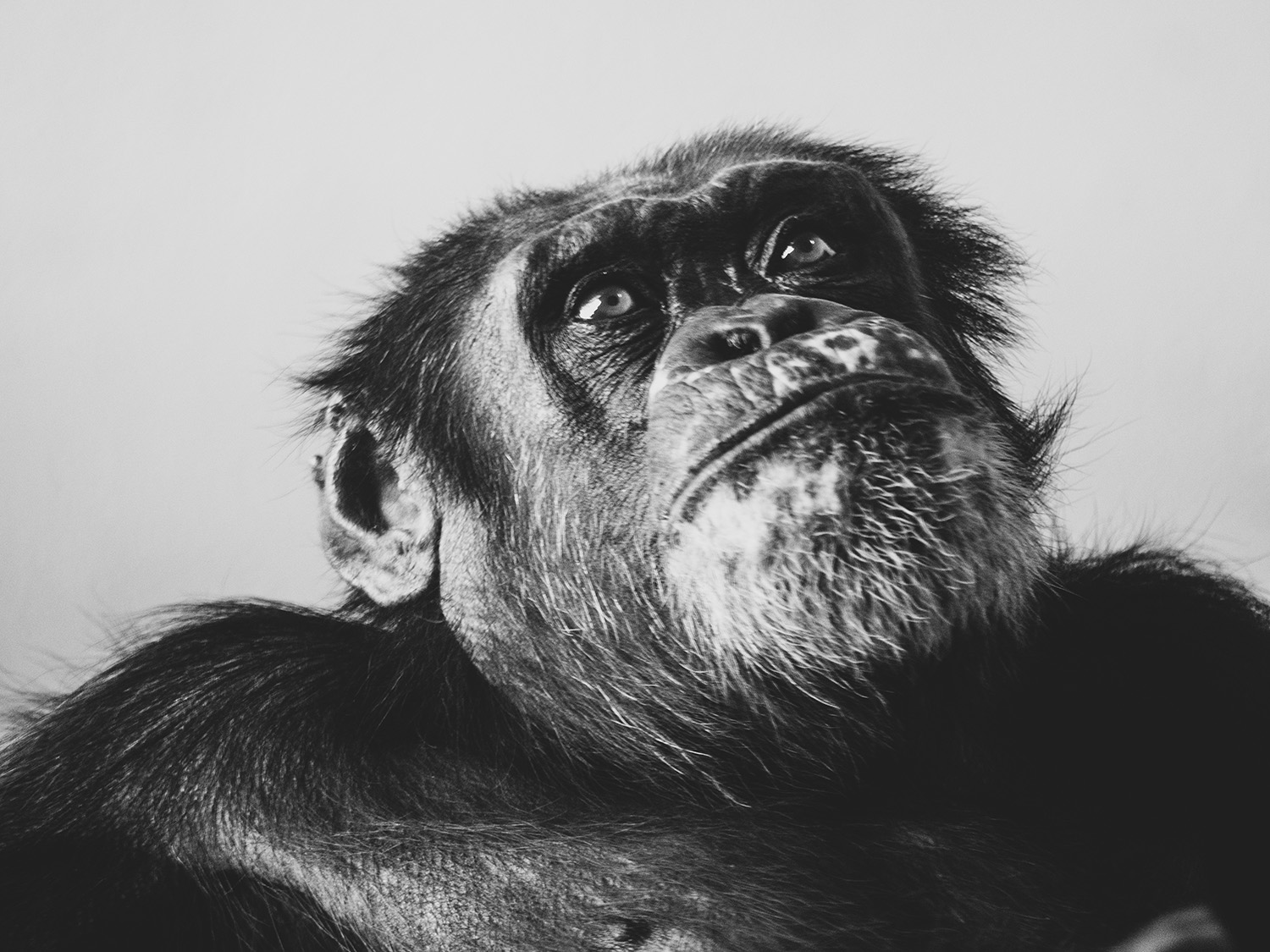
Shoot in raw to make colors pop
Another way to distract viewers from unappealing backgrounds is to distract them with something else – color. Making color a key element of the frame also helps to bring energy to your image. Again, by shooting in raw and capturing images with the maximum amount of tonal data, you have more potential to ramp up the colors in software like Lightroom by increasing the Saturation and Vibrance values. Boosting these will help your subjects to ‘pop’, and there are always plenty of subjects in the zoo that sport colors you can make a feature of. Remember, one color that will always add to a frame is the bright blue of the sky, so if you can find a composition that allows you to include the sky it's well worth doing so.
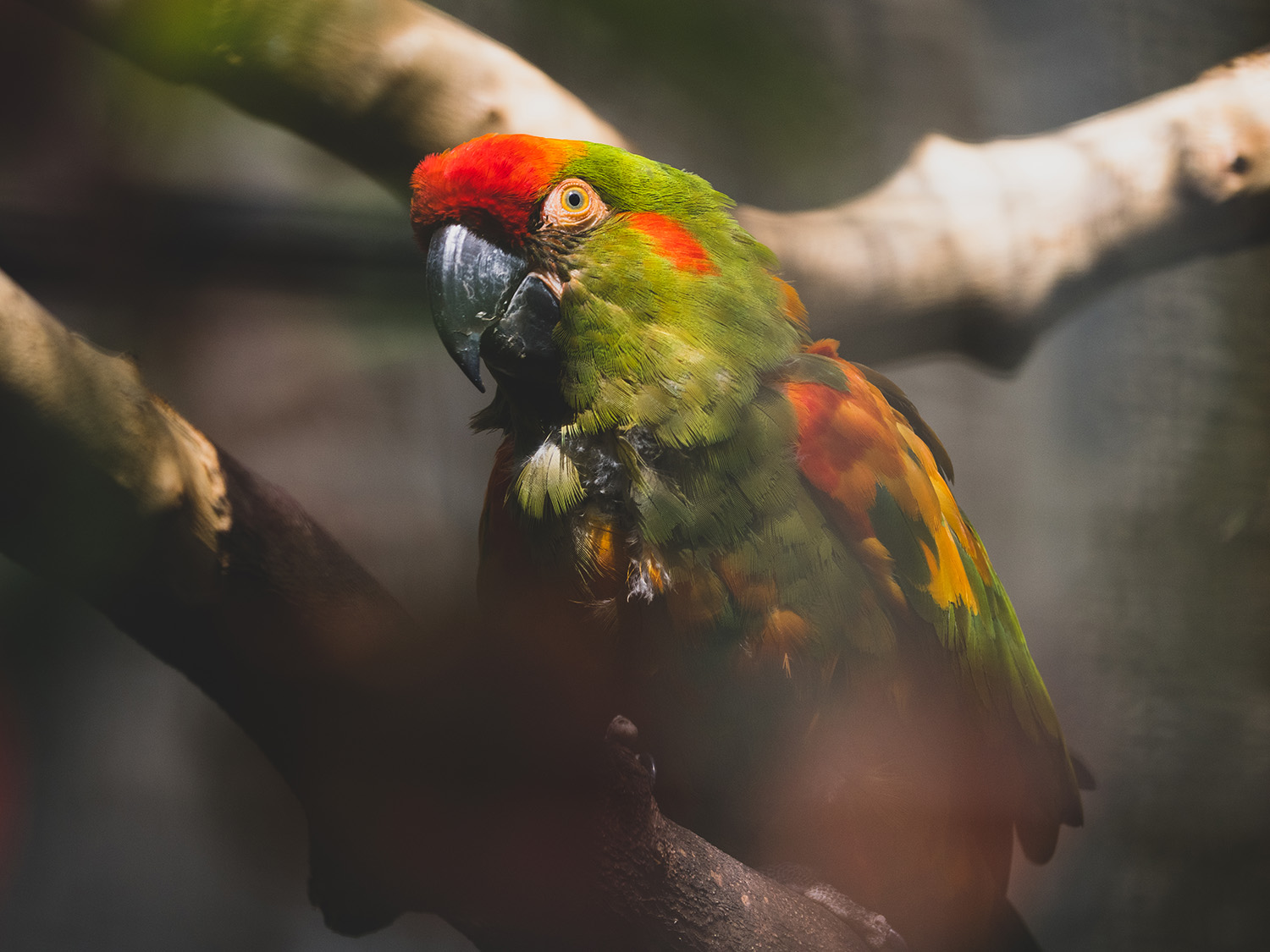
Get eye contact
Another way to make your wildlife images stand out and give them a ‘pro’ feel is to establish eye contact with the animal you're shooting, which helps the viewer make a connection with the subject, and can produce images that tell a more engaging story. Of course, unlike when you’re photographing your pets, it probably won’t be easy to attract your subject’s attention; instead, you’ll need a huge amount of patience (or a little luck) to time the shot precisely. To increase your odds of capturing the perfect moment, switch to burst mode – by firing off a sequence of frames, you’re increasing the likelihood of bagging one in which the subject is looking right at you, rather than blinking or looking away.
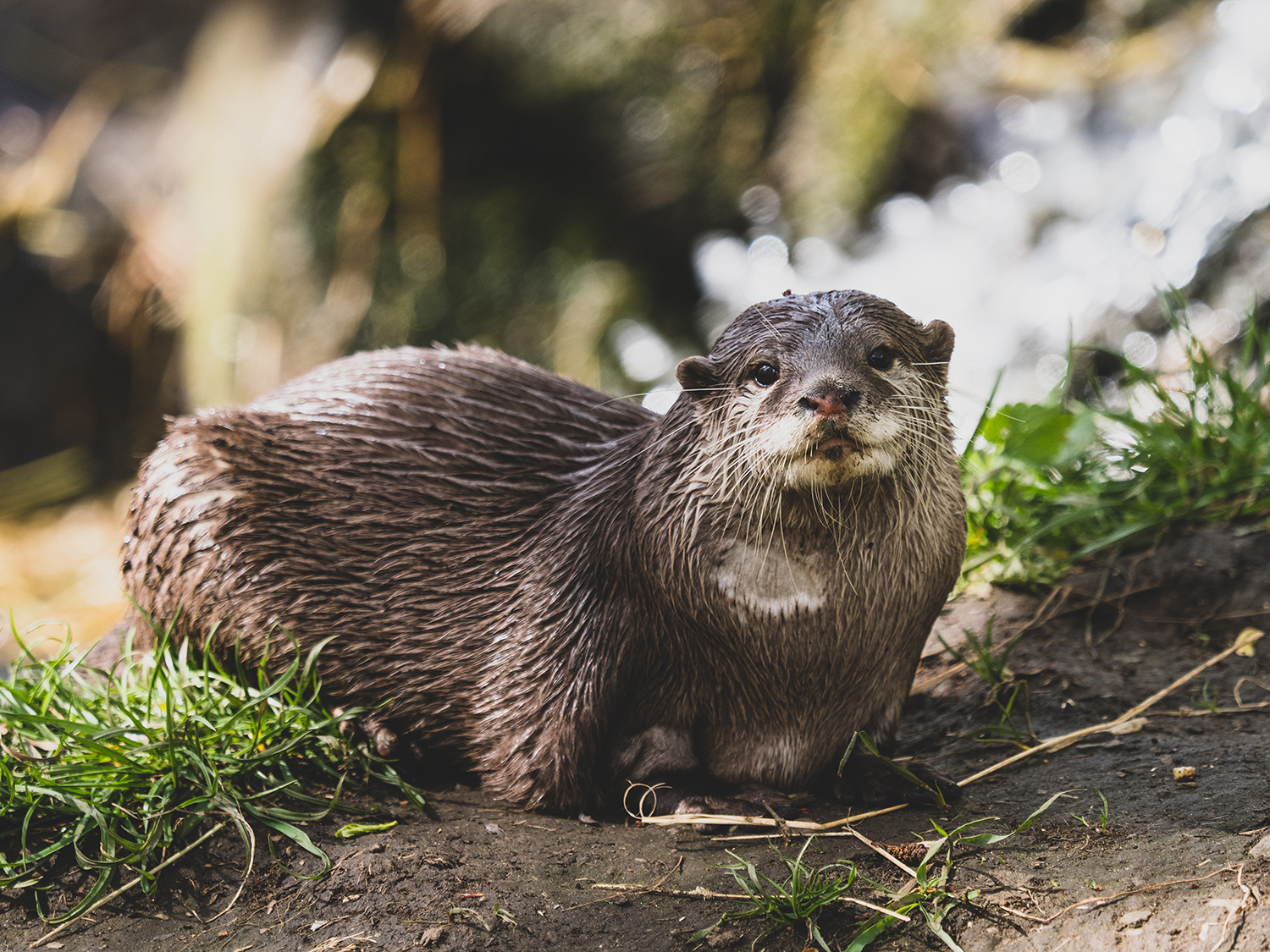
Final Thoughts
By understanding the capabilities of your camera and lens and knowing how to use them, and by understanding the limitations of, and the opportunities presented by, the zoo environment, you can quickly improve the standard of images you take. While they might not be wildlife photos in the true sense of the term, photos of animals in zoos don’t have to be static and boring. By following our tips, you’ll be able to capture a memory card full of dynamic and engaging photos that you’ll be proud to hang on your walls.

Matty is an experienced photographer, videographer and photojournalist, who founded the website Pixel-Click. He worked in the magazine industry for 15 years, and now specializes in travel, landscape, wildlife and automotive photography, along with film-making. Matty also runs workshops and gives photography lectures around the UK.